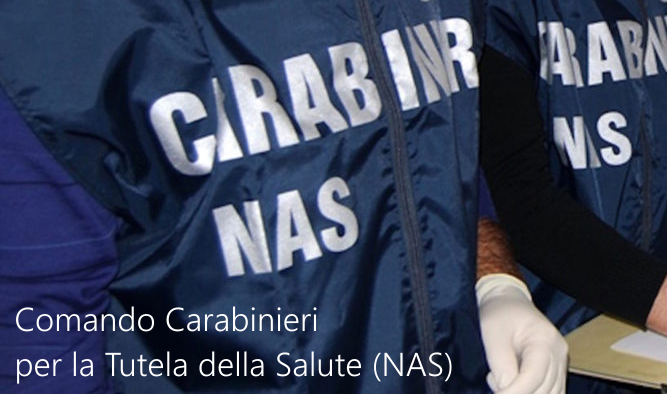In response to a request by the European Commission, ECHA submitted a restriction dossier in October 2018 concerning five cobalt salts. We take a closer look at the proposed restriction.
How are cobalt salts used?
The five cobalt salts cobalt sulphate, cobalt dichloride, cobalt dinitrate, cobalt carbonate and cobalt di(acetate) are produced and widely used to manufacture chemicals, catalysts, batteries, feed grade materials and biogas. The salts are also used for surface treatments and in fermentation processes.
Around 30 000 tonnes of the salts are used each year in the EU. They are used in the largest amounts as transported isolated intermediates to manufacture other chemicals. These would still be subject to the proposed restriction.
Over the last decade, the volumes placed on the EU market have doubled, and the rise in demand is likely to continue, as there is expected to be an increased need for rechargeable batteries, biotechnology and health applications.
It is estimated that around 35 000 workers are exposed to the cobalt salts at around 20 000 industrial sites within the EU.
Why are the cobalt salts a concern?
Each of the five cobalt salts is classified as a carcinogen and reproductive toxicant (category 1B) and as a skin and respiratory sensitiser under the CLP Regulation. ECHA identified them as substances of very high concern and added them to the Candidate List for authorisation back in 2010.
In 2016, ECHA’s Committee for Risk Assessment (RAC) agreed that they should be considered as genotoxic carcinogens for which no safe level of exposure exists. Therefore, RAC endorsed a dose-response relationship deriving a value above which humans should not be exposed in case of occupational exposure. Exceeding this value could result in a higher lifetime cancer risk.
ECHA’s examination also showed that the individual excess lifetime cancer risk levels could be higher in several industrial sectors and be related to various activities involving uses of the cobalt salts in solid forms such as powders and granules, and activities such as electroplating, where the use of electrical currents may give rise to aerosols.
What’s being proposed?
ECHA has found that the risks arising from the manufacture and use of the cobalt salts are not adequately controlled, and suggests that this needs to be addressed at the Union level. This goes against the conclusions of the registrants’ chemical safety reports, where it is assumed that the salts are threshold substances and that the uses are safe.
As the most appropriate measure to address the identified risks, ECHA proposes to implement a reference exposure value. Registrants should use this in their chemical safety assessments to determine suitable operational conditions and risk management measures for their uses of the cobalt salts. The value should also be communicated to all actors in the supply chain through extended safety data sheets.
Under the proposed restriction, manufacturers and downstream users will have to show that they are compliant with the reference value that has been set. The proposal gives flexibility to industry in identifying and implementing adequate measures to control the risks, but they will have to monitor how effective the measures are in reducing risk to the required level.
The proposal assesses the following reference values:
- 10 µg Co/m3;
- 1 µg Co/m3;
- 0.1 µg Co/m3; and
- 0.01 µg Co/m3.
For each of these, the individual excess lifetime cancer risk varies from 1/100 to 1/10 000, resulting in different figures for workers affected and annual costs. The overall aim is to decrease the excess cancer risk levels and the number of cancer cases arising from occupational exposure to the cobalt salts through inhalation.
Industry response to the restriction
Based on responses received from the cobalt industry during the preparation of the dossier, there are no suitable alternatives available for the current uses of the five cobalt salts.
However, taking into account differences in reference exposure values and in risk management measures by industry, the available information does not indicate that production sites would have to close down due to the proposed restriction.
In the proposal, ECHA considers that some companies may have to move to using liquid forms of cobalt salts, instead of solid forms. However, the Agency expects that industry will not implement such a switch unless the proposed restriction is put in place.
Next steps
In December 2018, the dossier passed a conformity check and is now being assessed by ECHA’s scientific committees. The final opinion is expected at the end of 2019.
| Cobalt salts |
EC |
CAS |
| Cobalt sulphate |
233-334-2 |
10124-43-3; 10026-24-1 |
| Cobalt dinitrate |
233-402-1 |
10141-05-6; 10026-22-9 |
| Cobalt dichloride |
231-589-4 |
7646-79-9; 7791-13-1 |
| Cobalt carbonate |
208-169-4 |
513-79-1 |
| Cobalt di(acetate) |
200-755-8 |
71-48-7; 6147-53-1 |
Collegati



































